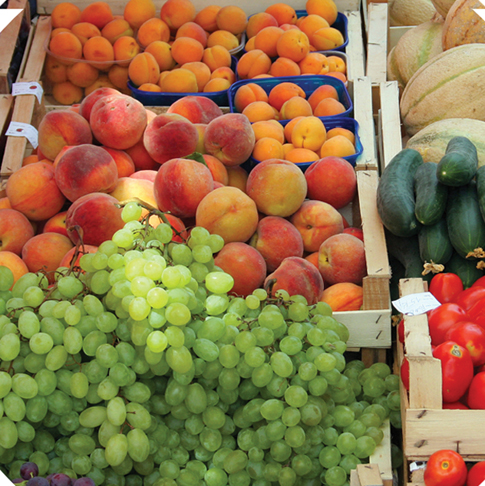With the Hunts Point Produce Terminal Market housed in its Bronx location for nearly 40 years, merchants have outgrown the original design and available space—and questions about a rebuild or relocation still linger for the future.
Looming large at present are vendor consolidation and the ever-rising demand for locally grown fruits and vegetables. Read on to learn what’s hot and what’s not from Hunts Point’s merchants and executive administrative director.
The Rebuild Dilemma
The 1967 facility is outdated, undersized, and ill-suited to handle Hunts Point’s increased volume and business dealings, as well as the updated cooling and handling requirements necessary for food safety. For almost a decade, debates and discussions about a rebuild versus a move to a larger lot in New Jersey have ensued.
More recently, the market signed a lease extension at the current location through 2020, which has provided a temporary respite to a build-or-move decision. In the interim, upgrades and retrofits are taking place within the market’s infrastructure and at individual vendor stalls.
“We just spent $22 million—$10 million from the feds and $12 million from the City—on a project to redo the rail behind rows A, B, and C,” comments Myra Gordon, executive administrative director at the Hunts Point Terminal Produce Cooperative Association, Inc., which oversees the market.
“We’re also building a transfer platform to transfer produce from rail to truck. For the time being, we are not discussing a rebuild,” Gordon says. “I don’t think anyone sees the feasibility of a rebuild here; the best we could do would be to refurbish and make some other changes, if the merchants want to stay.”
In March, New York City Mayor Bill de Blasio announced plans to invest $150 million in the aging Hunts Point Food Distribution Center over the next 12 years to fortify infrastructure, protect jobs, increase natural disaster preparedness
(following Super Storm Sandy in 2012), and connect consumers to more local produce and food from New York State. Part of this investment will support the produce terminal.
“The talk about a move to New Jersey or a rebuild has slowed down,” confirms Matthew D’Arrigo, vice president at D’Arrigo Bros. Company of New York, Inc., which he believes is due mostly to the new mayor (de Blasio, who succeeded Michael Bloomberg in 2014). “But there has to be, at some point, a rebuild or a major rehab, because this place is 50 years old and there are all kinds of size, maintenance, and subsurface issues.”
“I don’t see why we can’t rehab [the market] and make it work for another 30 or 40 years, and I hope that’s the path we take,” D’Arrigo adds. “Moving to New Jersey has a whole set of unknowns and issues, not the least of which being the impact on the buyers in terms of driving to the terminal,” he says.



